Image of 1950 Aston Martin Db2, Note: These illustrations use artistic license and may differ from actual historical models.
Performance Metrics
Fundamental Metrics
Emotional Appeal
MMP Rating
| Engine Specifications | |
|---|---|
| Engine: | 2.6 L Lagonda I6 |
| Displacement: | 2.6 L (2580 cc) |
| Horsepower: | 105 hp |
| Torque: | 135 lb-ft |
| Compression Ratio: | 8.16:1 |
| Ignition System: | Coil ignition |
| Cooling System: | Water-cooled |
| Performance Specifications | |
| 0-60 Time: | 11.2 seconds |
| 1/4 Mile Time: | Estimated at around 18 seconds |
| Top Speed: | 116 mph |
| Transmission and Drive | |
| Drive Type: | Rear-wheel drive |
| Transmission Type: | 4-speed manual |
| Fuel and Efficiency | |
| Fuel System Type: | Twin SU carburetors |
| MPG: | Estimated at around 20 mpg |
| Dimensions and Brakes | |
| Brakes: | Drum brakes |
| Wheelbase: | 99 inches |
| Weight: | 2,700 lbs |
Note: Specifications for classic cars are given to the best of our ability, considering the limited and variant data available.
1950 Aston Martin DB2: A Quintessential British Classic
The 1950 Aston Martin DB2 is not just a car; it's a piece of automotive aristocracy. Born in an era of post-war optimism, this vehicle emerged from the esteemed British manufacturer, Aston Martin, as a beacon of luxury and performance. With its sleek lines and racing pedigree, the DB2 carved out a unique place in the annals of motoring history. Notably, it was the first Aston Martin to compete at Le Mans under David Brown's ownership, marking the beginning of a storied racing legacy.
Design and Innovation
The DB2's exterior styling was a harmonious blend of elegance and aerodynamics. The car featured a long hood that housed its powerful engine, with fenders that flowed seamlessly into the bodywork. Its grille was an evolution of pre-war design—a statement piece that would become an iconic symbol of the brand. Inside, occupants were treated to an opulent cabin adorned with fine leather and rich wood trim, reflecting the craftsmanship of its era.
Technologically, the DB2 was ahead of its time, boasting innovations such as a tubular space-frame chassis. Color options ranged from subdued hues to vibrant tones, with Almond Green and Moonbeam Grey being among the popular choices. The most iconic body style was the two-seater coupe, though a drophead coupe variant was also available for those who desired open-air grand touring.
Historical Significance
The DB2's impact on automotive design was profound. It set a new standard for grand tourers by combining luxury with competitive performance. It stood apart from its contemporaries with its race-bred engineering and became a blueprint for future sports cars. The DB2's influence can still be seen in modern Aston Martins, which continue to embody the blend of performance and sophistication first realized in this classic model.
Performance and Handling
Underneath its bonnet lay a 2.6-liter straight-6 engine that propelled the DB2 to impressive speeds for its time, with a top speed around 117 mph and acceleration from 0-60 mph in approximately 11 seconds. The car's handling characteristics were praised for their precision and balance, making it as much at home on winding country roads as it was on the racetrack. Drivers often speak of the visceral experience—the symphony from the exhaust, the tactile feedback through the steering wheel, and the car's poised response to every input.
Ownership Experience
The 1950 Aston Martin DB2 was versatile enough to serve as a daily driver or as a weekend showpiece. Its reliability was commendable for its time, though modern owners should expect regular maintenance to be part of the ownership experience. Parts may be scarce but are typically sourced through specialist suppliers or enthusiast networks.
Fun Facts
The DB2 has graced many collections and even found favor among celebrities like racing legend Sir Stirling Moss. While not known for breaking speed records, it did set a benchmark for luxury sports cars. It has made appearances in various historical events and has been subject to some criticisms—mainly around cost and exclusivity—but these have only added to its allure over time.
Collector's Information
Today, the value range for a well-preserved 1950 Aston Martin DB2 can vary significantly but expect figures north of $500,000 depending on provenance and condition. Approximately 411 units were produced between 1950 and 1953, making it quite rare. The market trend shows appreciation in value as collectors vie for these timeless pieces of motoring history.
Conclusion
The 1950 Aston Martin DB2 is more than just metal, leather, and rubber; it's an enduring symbol of British automotive excellence. Its combination of luxury, performance, and rarity has cemented its status as one of the most desirable classic cars in existence—a true jewel in any collector's crown.
1950 Aston Martin Db2 Catalog of Parts
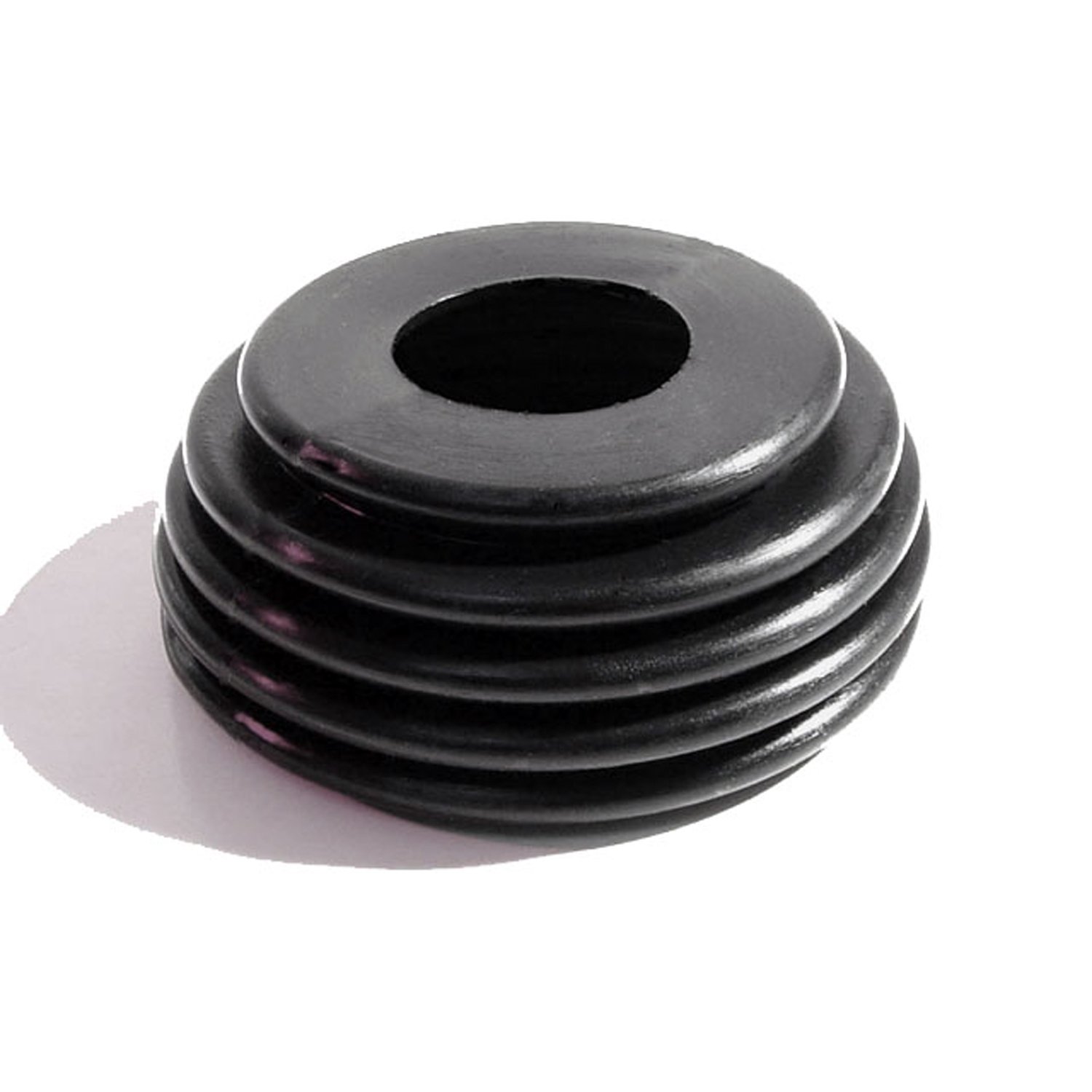 1950 Aston Martin DB2 Steering Column Dust Seal at Firewall-BL 5Steering Column Dust Seal at Firewall. 1-1/8" wide hole at top, 4-1/2" O.D. at base. Replaces AM part #50999. Each
1950 Aston Martin DB2 Steering Column Dust Seal at Firewall-BL 5Steering Column Dust Seal at Firewall. 1-1/8" wide hole at top, 4-1/2" O.D. at base. Replaces AM part #50999. Each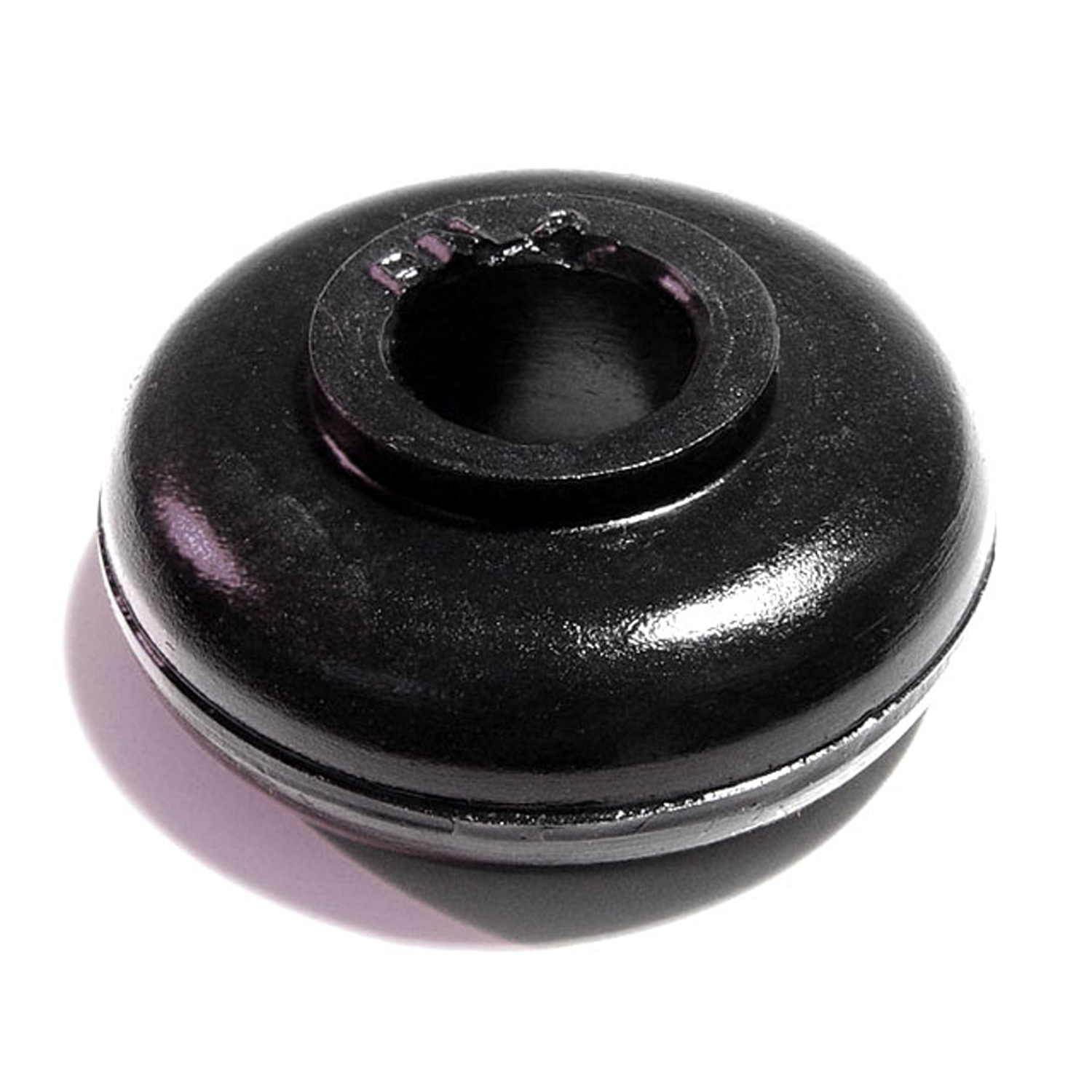 1950 Aston Martin DB2 Roll Bar Bushing. 1/2" high, with 1/2" hole. Each-BN 2Roll Bar Bushing. 1/2" high, with 1/2" hole. Each
1950 Aston Martin DB2 Roll Bar Bushing. 1/2" high, with 1/2" hole. Each-BN 2Roll Bar Bushing. 1/2" high, with 1/2" hole. Each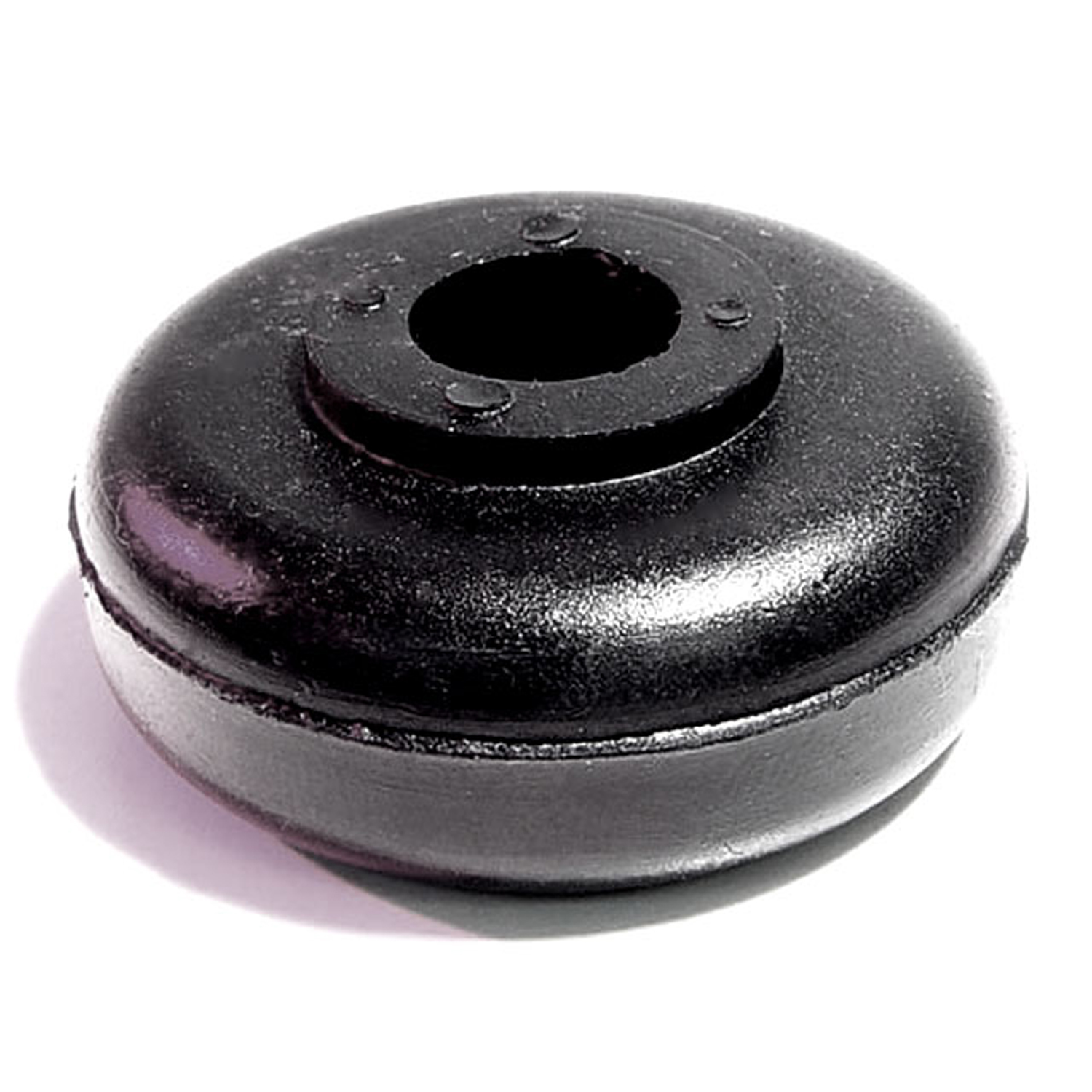 1950 Aston Martin DB2 Shock Grommet. 9/16" high, 3/8" hole. Each-BN 2-AShock Grommet. 9/16" high, 3/8" hole. Each
1950 Aston Martin DB2 Shock Grommet. 9/16" high, 3/8" hole. Each-BN 2-AShock Grommet. 9/16" high, 3/8" hole. Each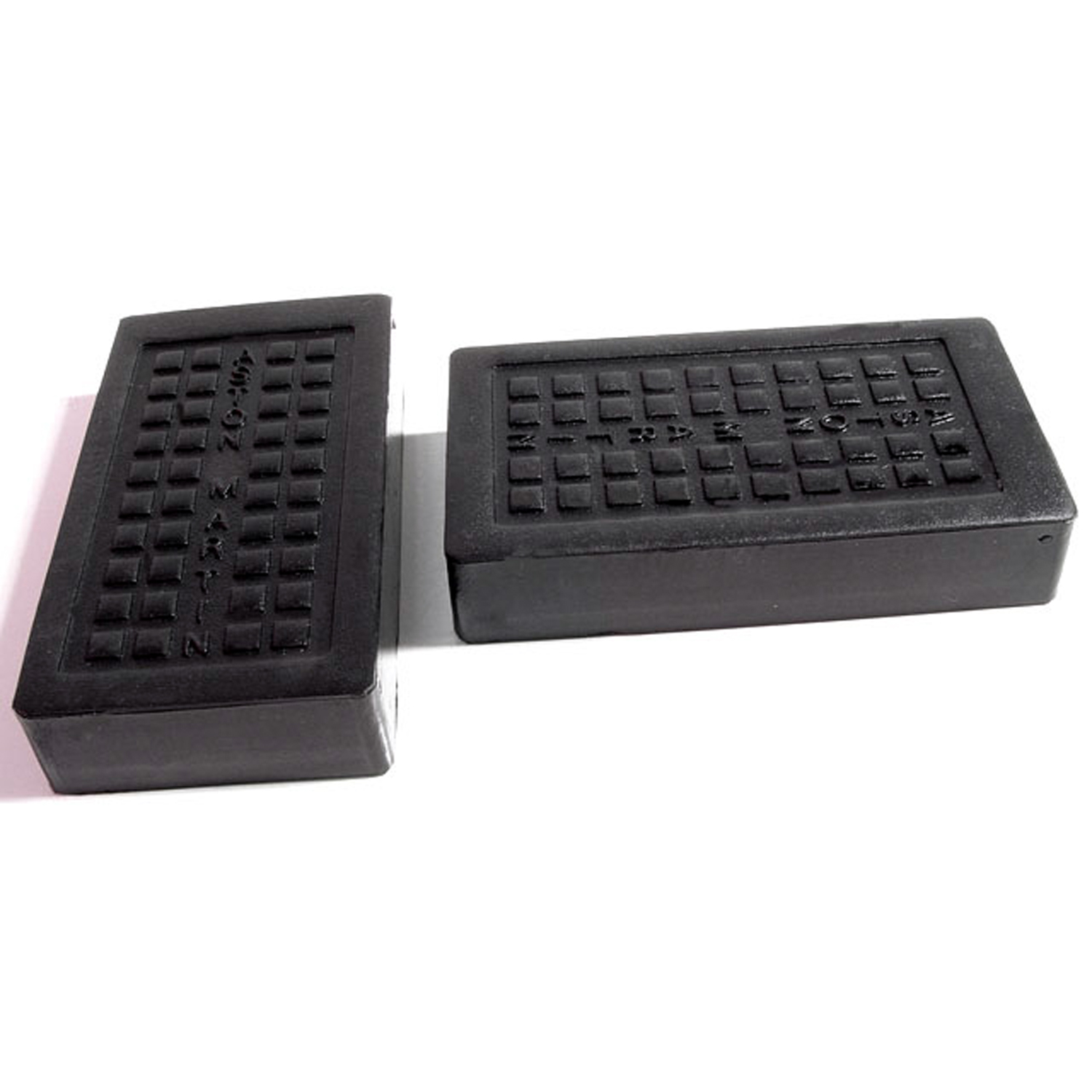 1950 Aston Martin DB2 Clutch and Brake Pedal Pads. Perfect reproduction-CB 175Clutch and Brake Pedal Pads. Perfect reproduction. 1-3/4" wide X 3-1/4" long. Pair
1950 Aston Martin DB2 Clutch and Brake Pedal Pads. Perfect reproduction-CB 175Clutch and Brake Pedal Pads. Perfect reproduction. 1-3/4" wide X 3-1/4" long. Pair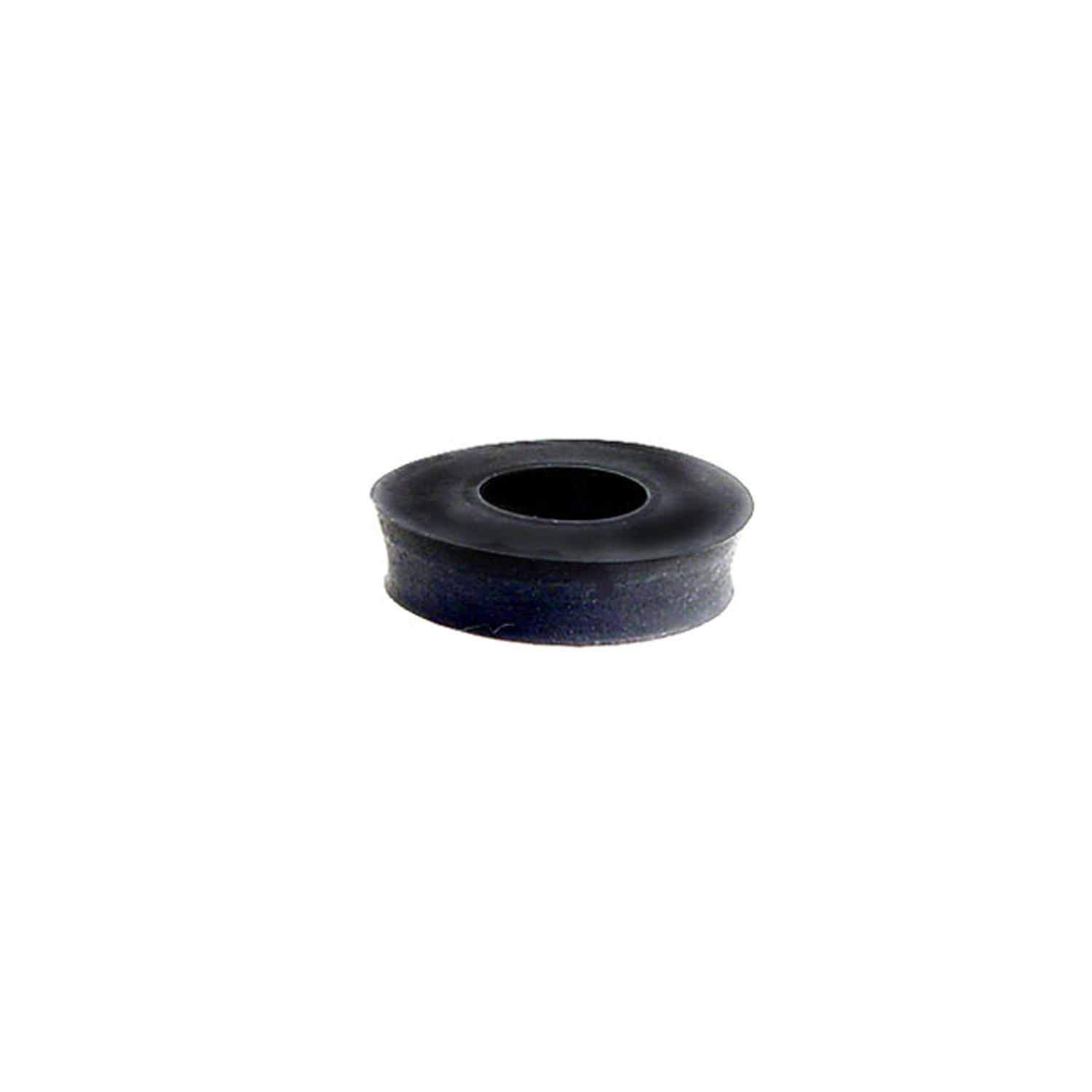 1950 Aston Martin DB2 Radiator Rod Cushion. 1/4" thick, 3/8" hole, 1" O.D-RA 1Radiator Rod Cushion. 1/4" thick, 3/8" hole, 1" O.D. Eight used per car. Each
1950 Aston Martin DB2 Radiator Rod Cushion. 1/4" thick, 3/8" hole, 1" O.D-RA 1Radiator Rod Cushion. 1/4" thick, 3/8" hole, 1" O.D. Eight used per car. Each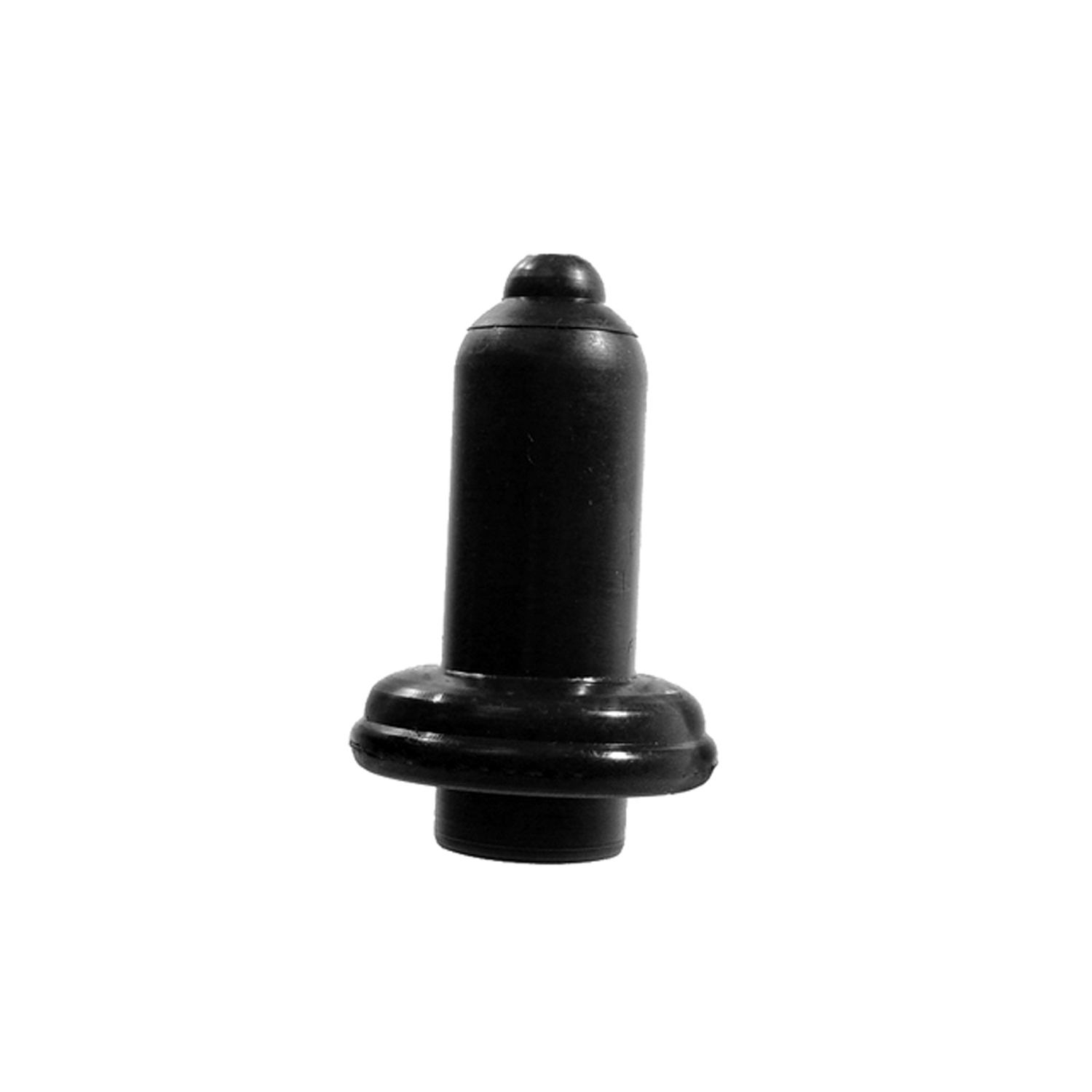 1950 Aston Martin DB2 Spark Plug Boot. Each-RP 1-ZSpark Plug Boot. Each
1950 Aston Martin DB2 Spark Plug Boot. Each-RP 1-ZSpark Plug Boot. EachWhy Choose Metro?
For over 100 years, Metro Moulded Parts has been the pinnacle of quality in classic car restoration parts. Our commitment to precision and authenticity in every component ensures a perfect fit and an OEM-level appearance.
- Expert Craftsmanship & Quality: Each part is a testament to our dedication to reliability and perfection, crafted from original designs and thoroughly tested.
- Advanced Technology: We use cutting-edge techniques to create flawless, long-lasting parts that surpass others in performance.
- SuperSoft Sponge – The Ultimate Door Seal: Not only are our door seals 30% softer than competitors', but they're also guaranteed to never leak. They effectively reduce wind and road noise, enhancing your classic car's comfort and driving experience.
- Proudly American: Our parts are a product of American craftsmanship, made in the USA with a spirit of excellence and heritage.
- Unrivaled Warranty: We back our products with a 30-year industry-leading warranty, a testament to our confidence in their quality.
Join us in preserving the legacy of classic cars with parts that are crafted for perfection, not just made.

